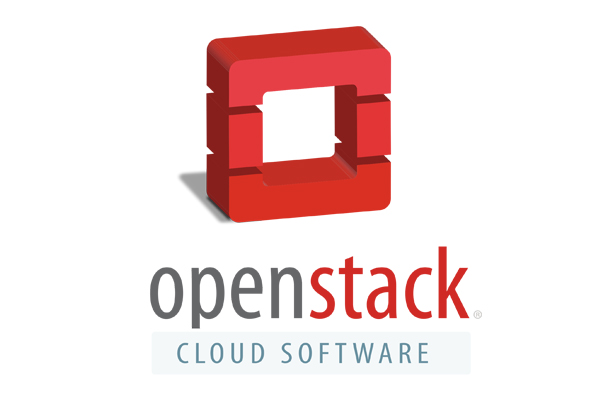 Red Hat has recently reported that it has made the necessary adjustments to the open source OpenStack cloud hosting software for easier deployment within enterprises.
Red Hat has recently reported that it has made the necessary adjustments to the open source OpenStack cloud hosting software for easier deployment within enterprises.
The latest edition of the Red Hat Enterprise Linux OpenStack Platform contains a number of new tools to minimise the amount of low-level configuration that must be done to get the complex stack running.
An open source project with numerous contributors, OpenStack is an integrated collection of management tools for running a cloud service, for internal or external use.
The software, first created by NASA and Rackspace in 2010, has found a home in a wide variety of businesses, including eBay, Comcast, American Express, and Disney, among others.
Like most open source software, the base OpenStack package still requires a lot of expertise to configure and maintain.
As a result, Red Hat is one of a number of companies that offer commercial-grade distributions of OpenStack to help ease the process, competing with the likes of Hewlett-Packard, Ubuntu, IBM, Mirantis, VMware and Oracle.
The fresh Red Hat Enterprise Linux OpenStack Platform version 7 is based on the Kilo release of OpenStack, issued in April.
The Red Hat distribution comes with a number of additional tools that should make the software stack more palatable to enterprise use.
A new feature provides a way to install OpenStack in a cloud environment, as well as check to ensure the installation was completed correctly.
For daily use, the software stack is designed to provide a single way to easily provision cloud computing resources. Based on the open source TripleO software, this tool also provides the basis for orchestrating complex operations so they run automatically.
Mission-critical applications that need to be running all of the time on OpenStack can take advantage of another new feature that monitors a workload and, should it fail, move operations to another host.
Data backups have also been expedited, thanks to a new support for snapshots that can be copied to NFS and POSIX file systems.
Numerous improvements have also been made to streamline networking functions of the software.
Red Hat provided more options for opening and closing network traffic ports at the virtual machine level, which gives enterprises more flexibility in securing their virtual machines. OpenStack’s support for the next generation IPv6 Internet protocol has been improved as well.
Red Hat collaborated with Cisco to assure that its OpenStack would work well with the Cisco Unified Computing System, an architecture for managing fleets of servers as a single entity.





